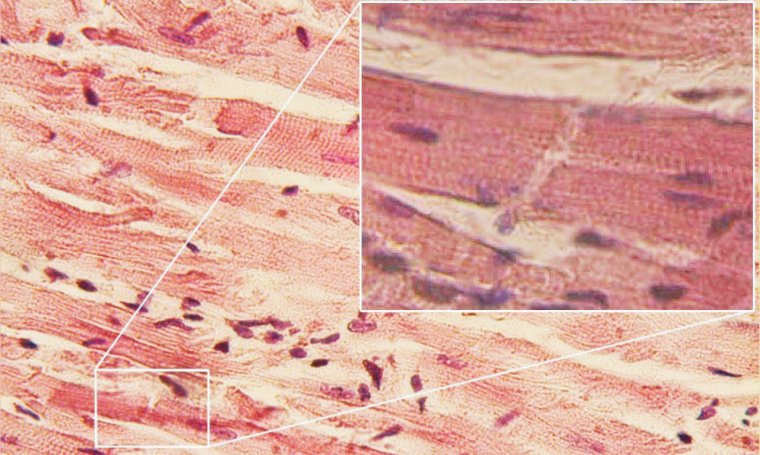| Health / Health News |
Reviving cells after a heart attack
Extracellular vesicles (EVs), nanometer-sized messengers that travel between cells to deliver cues and cargo, are promising tools for the next generation of therapies for everything from autoimmune and neurodegenerative diseases to cancer and tissue injuries.

Scientists have discovered a way to help heart cells recover after a heart attack. ![]()
EVs have already been shown to help heart cells recover after a heart attack, but exactly how they help has remained a mystery.
Now, U.S. National Science Foundation-supported researchers from the Harvard John A. Paulson School of Engineering and Applied Sciences have unraveled potential mechanisms behind the healing power of EVs.
The scientists have also demonstrated EVs' capacity to revive cells after a heart attack, and keep cells functioning while deprived of oxygen during a heart attack.
The researchers discovered this functionality in human tissue using a heart-on-a-chip with embedded sensors that continuously tracked the contractions of the tissue.
"With this research, we have mimicked a human disease-on-a-chip and developed a novel therapeutic approach to treat it," said Kit Parker, senior author of the study.
That's where endothelial-derived EVs (EEVs) come in, Parker said. Because these vesicles are derived from vascular tissue, which is uniquely tuned to sense low-oxygen stress, the researchers hypothesized that they could provide direct protection to cardiac muscle.
The scientists found that in tissues treated with EEVs, heart cells could better adapt to stress conditions and sustain a higher workload. Heart tissue treated with EEVs had half as many dead cells and had a contractile force four times higher than untreated tissue. (National Science Foundation)
YOU MAY ALSO LIKE





